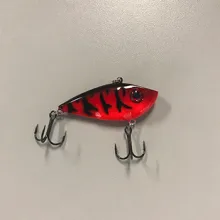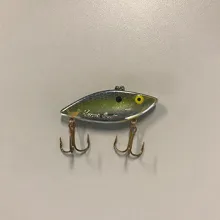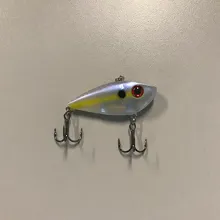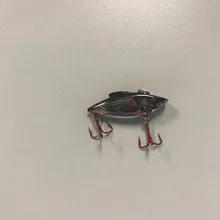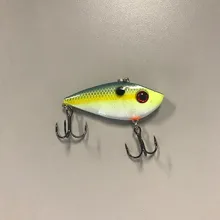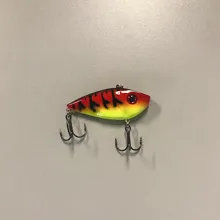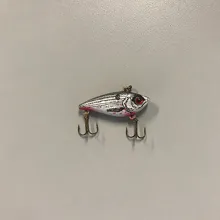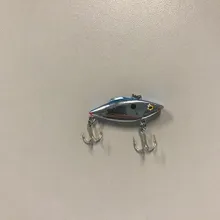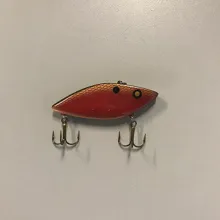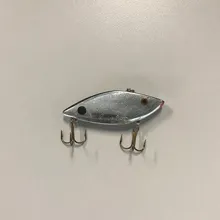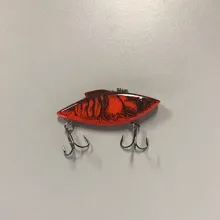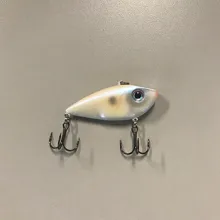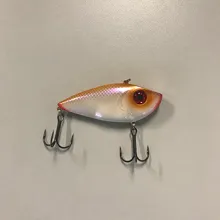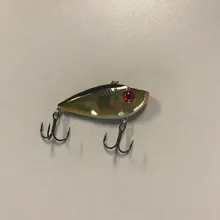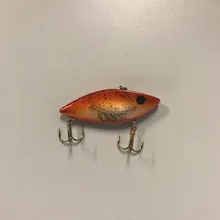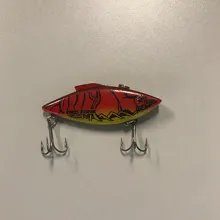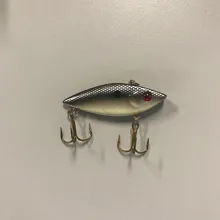Lipless crankbaits, commonly referred to as "rattle traps" after the Bill Lewis Original Rat-L-Trap lure, are hard-bodied lures that create all types of noise and vibration.
The lure will bounce off of logs and rocks, triggering reactionary bites from predatory fish.
Lipless crankbaits also perform well in open water for schooling predatory fish.
Unlike lipped crankbaits that float when not being retrieved, lipless crankbaits are internally weighted and will sink when not being retrieved.
The depth at which they can be fished depends on the weight of the lure, fall time allowed when the lure hits the water and the speed at which the angler retrieves the lure.
Lures 1/2 ounce and heavier work well in water deeper than 12 feet. Lures 3/8th ounce and lighter work well in water less than 12 feet.
A steady retrieve is typically the most effective way to work the lure, so be mindful of what depth you're fishing at when selecting lure size.
Lipless crankbaits are a good alternative to lipped crankbaits when fishing from the bank because they don't dive when retrieved. When fishing from the bank, you're essentially fishing uphill, so you can pick up your retrieve speed close to the bank to ensure that the lure does not get snagged on the bottom. Always be ready when you pick up the retrieve speed. Oftentimes, bass will follow the steady retrieve and the lure's quick change in speed and depth triggers the strike.
Lures in red and black crawfish patterns are tried and true in clay stained waters across the state, especially for largemouth bass. White, pearl, silver, gold and chartreuse are great colors for the state's temperate bass species (striped, hybrid striped and white bass).
